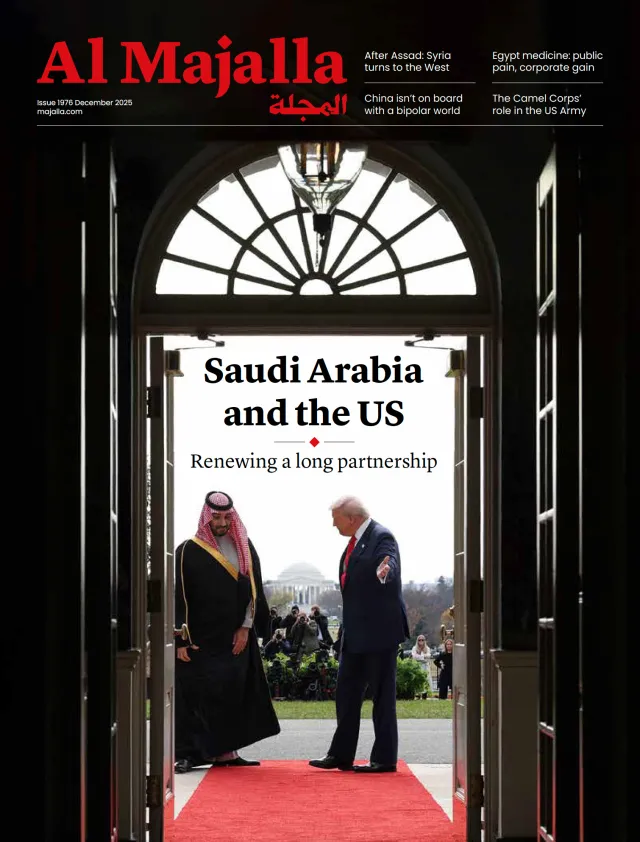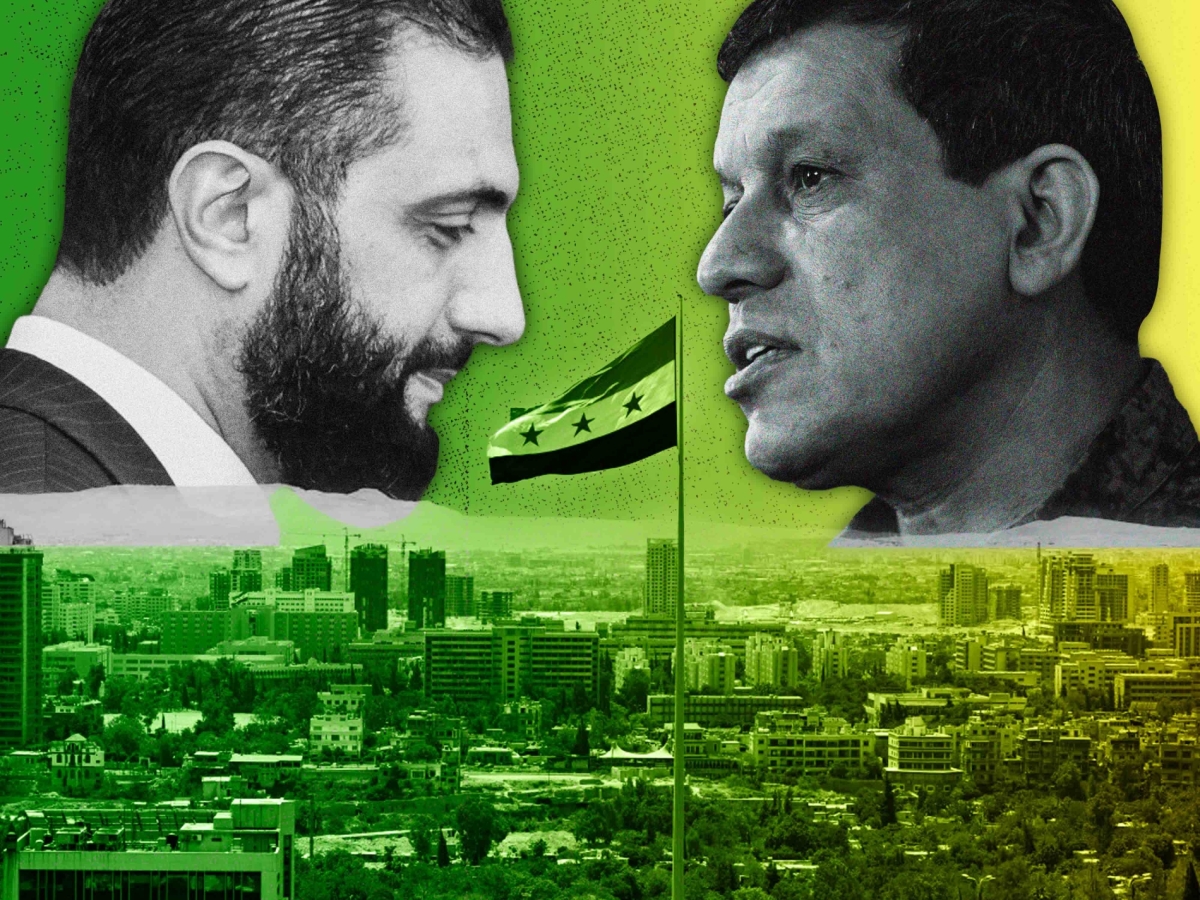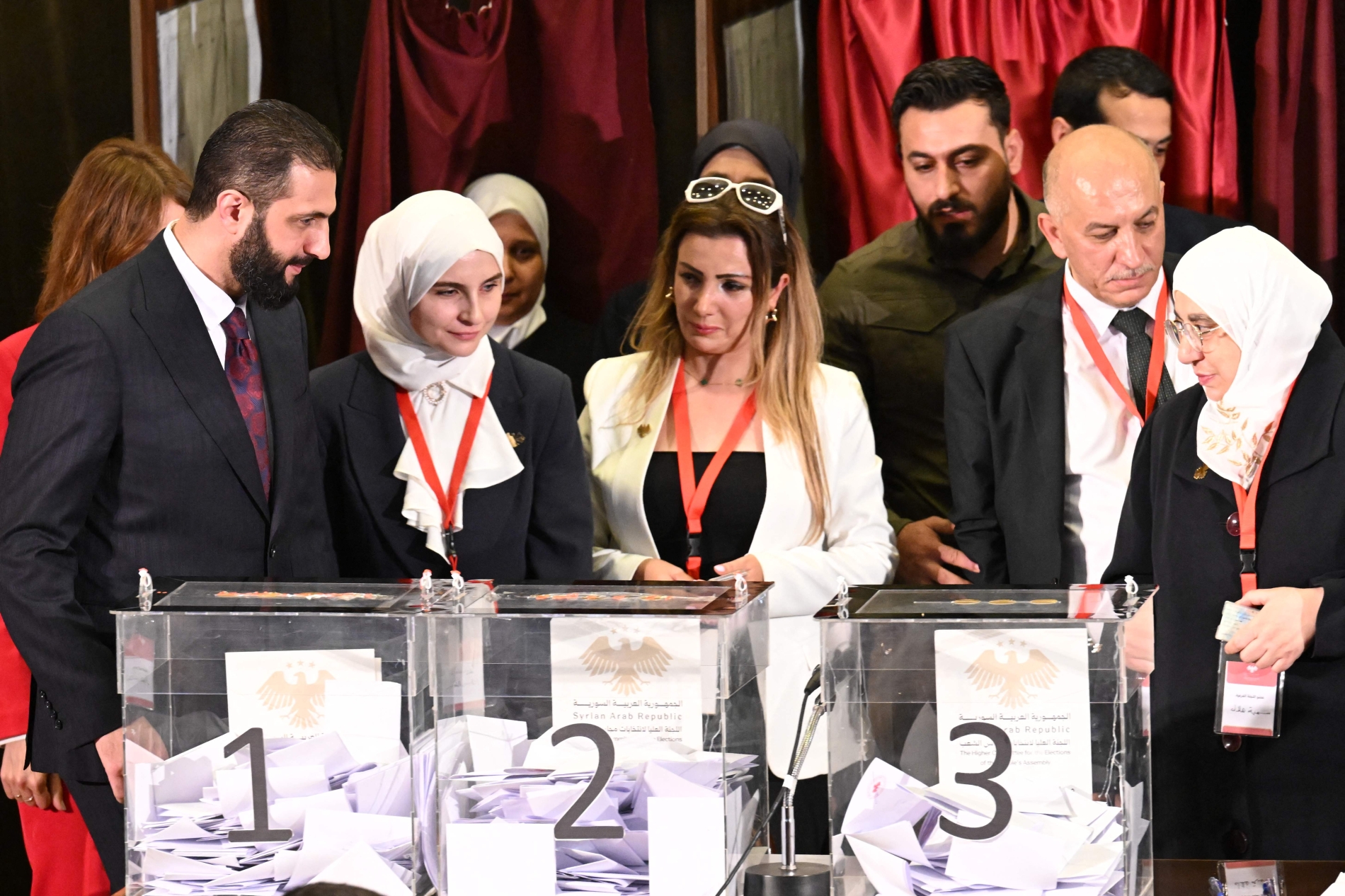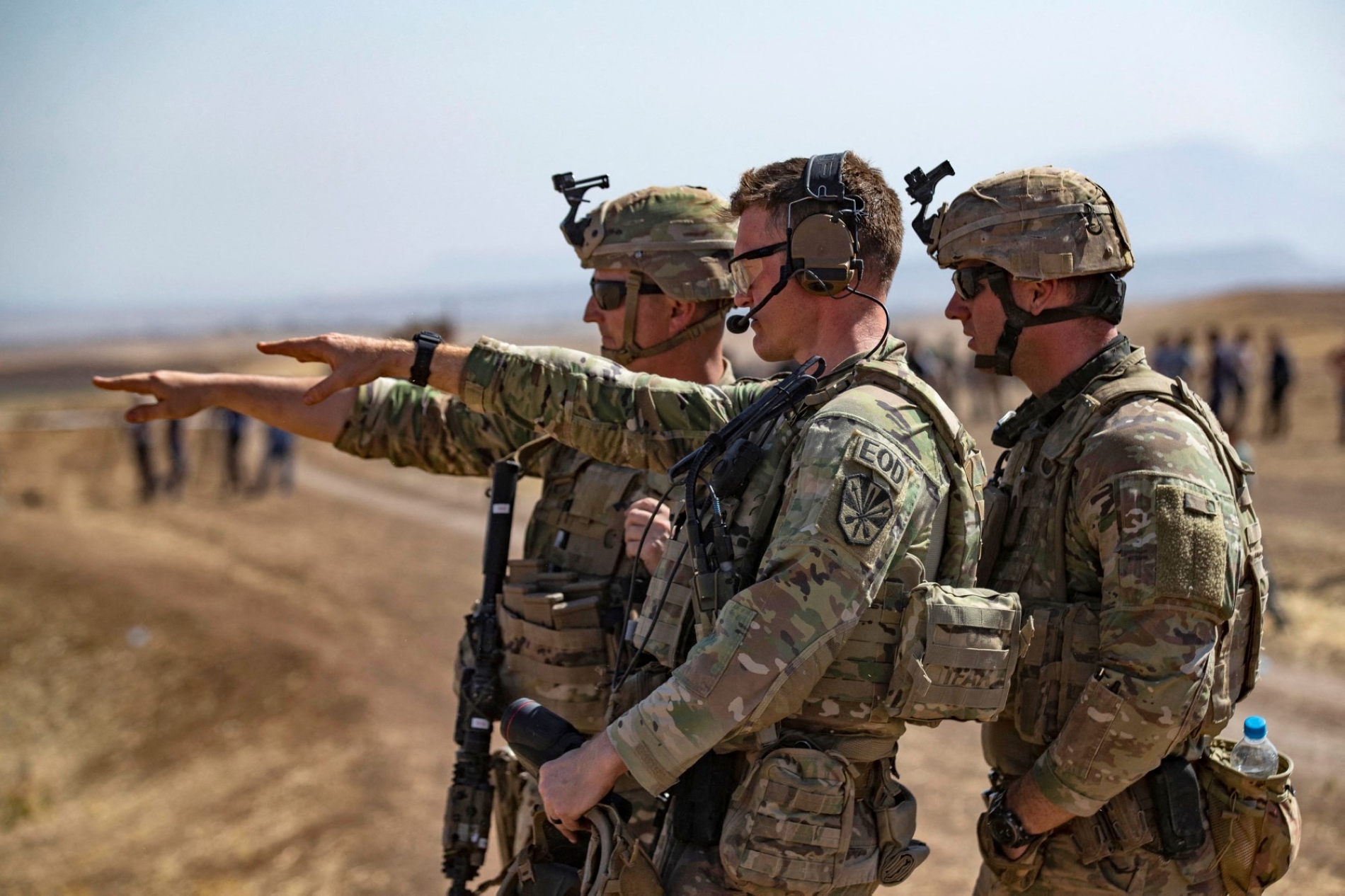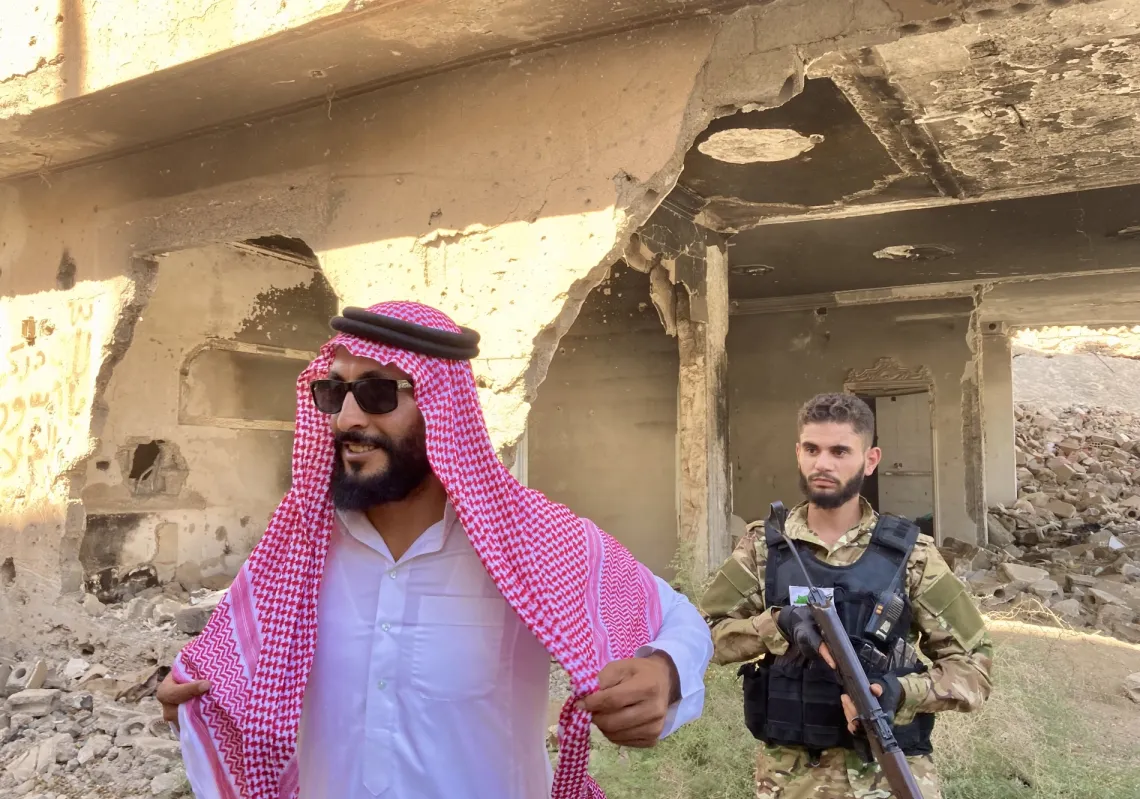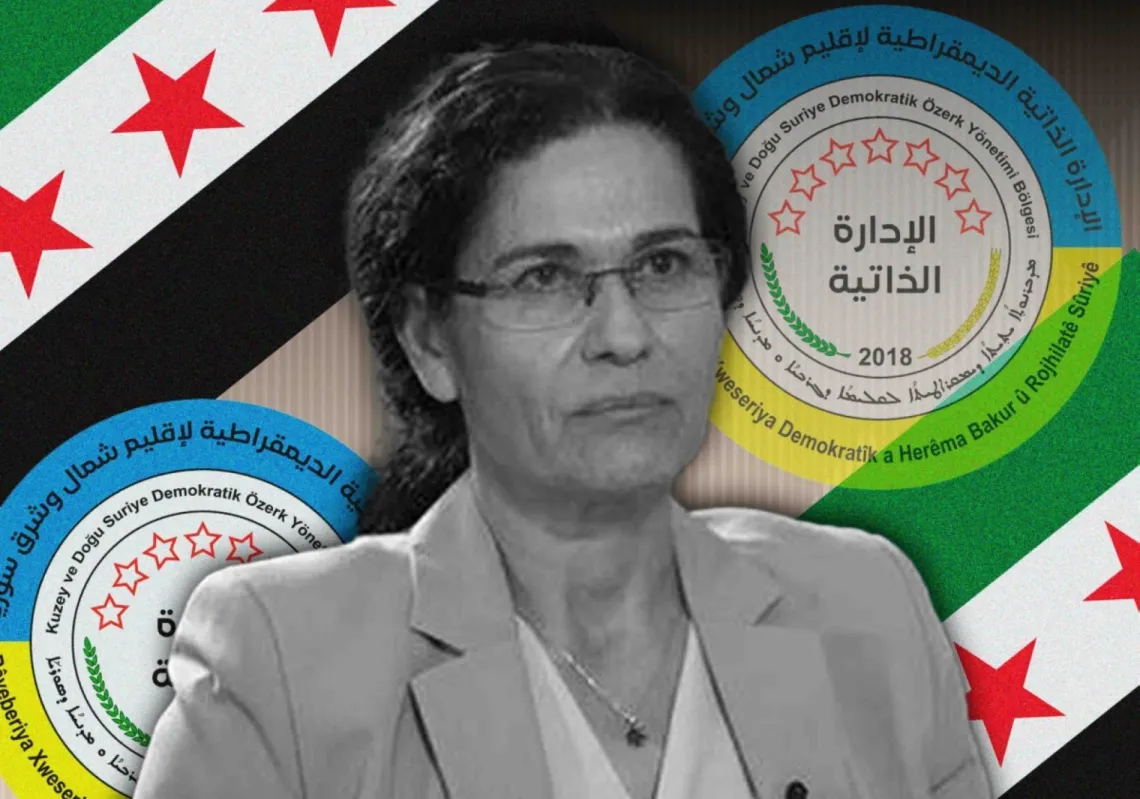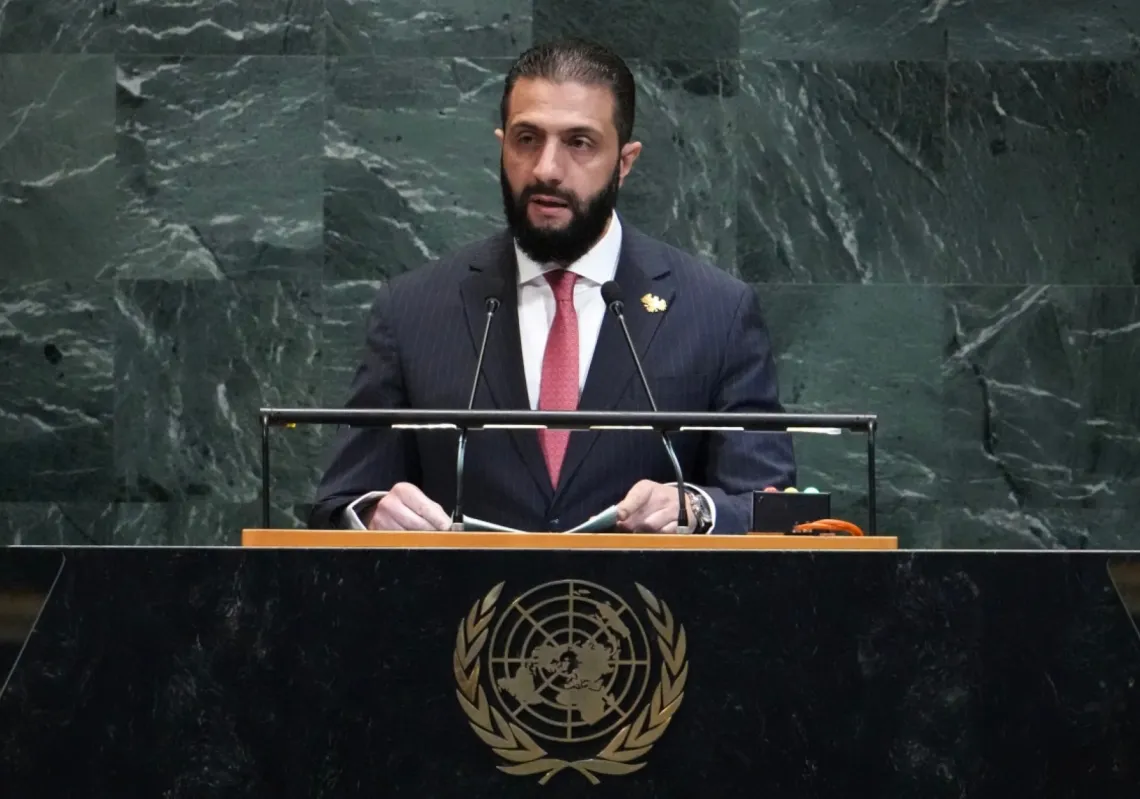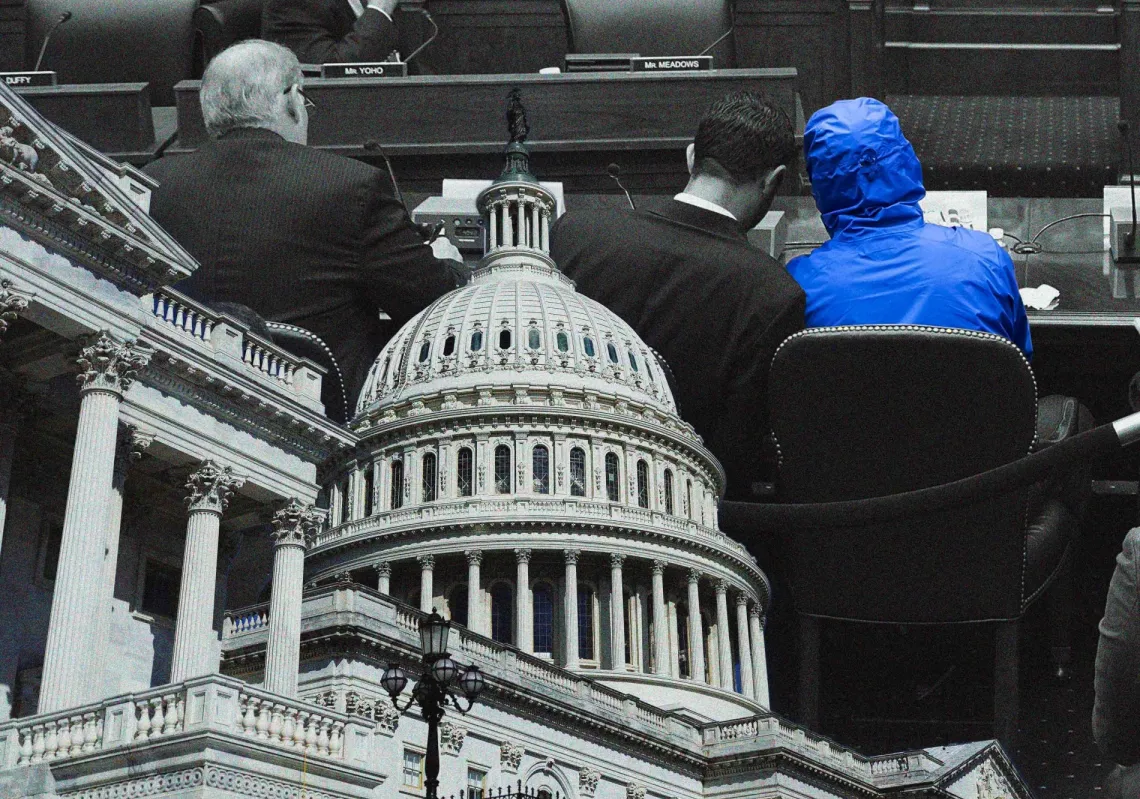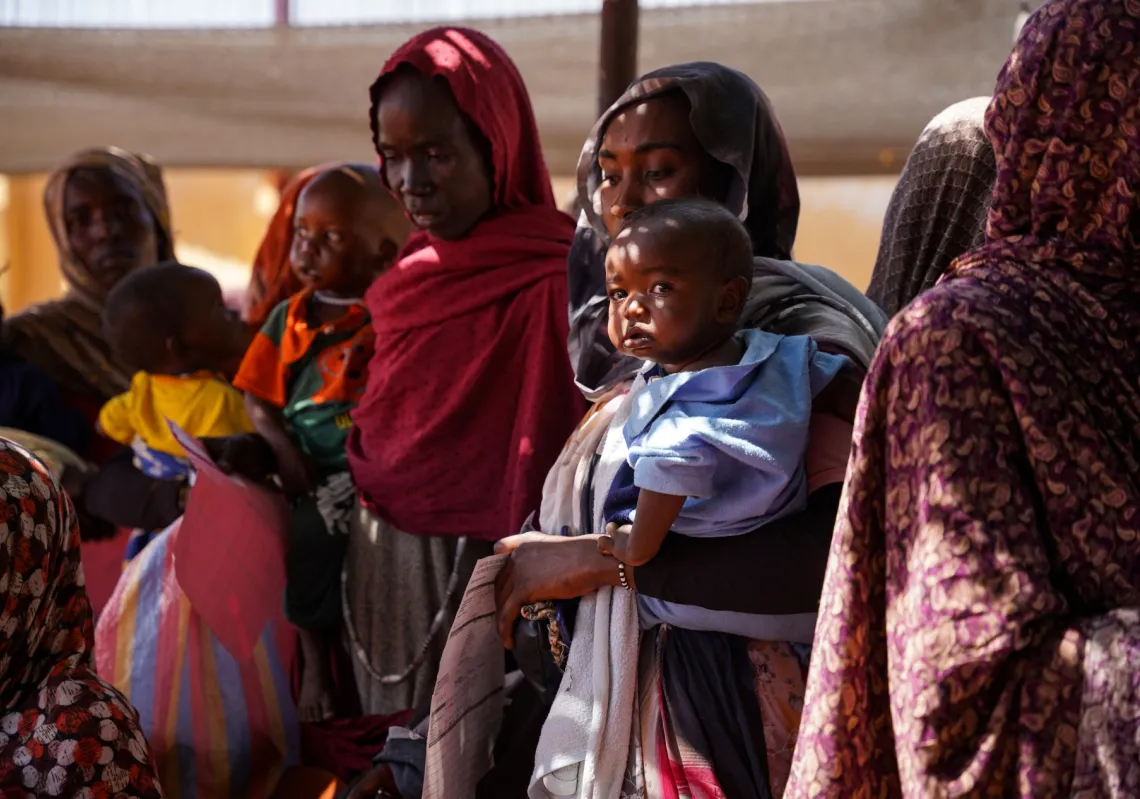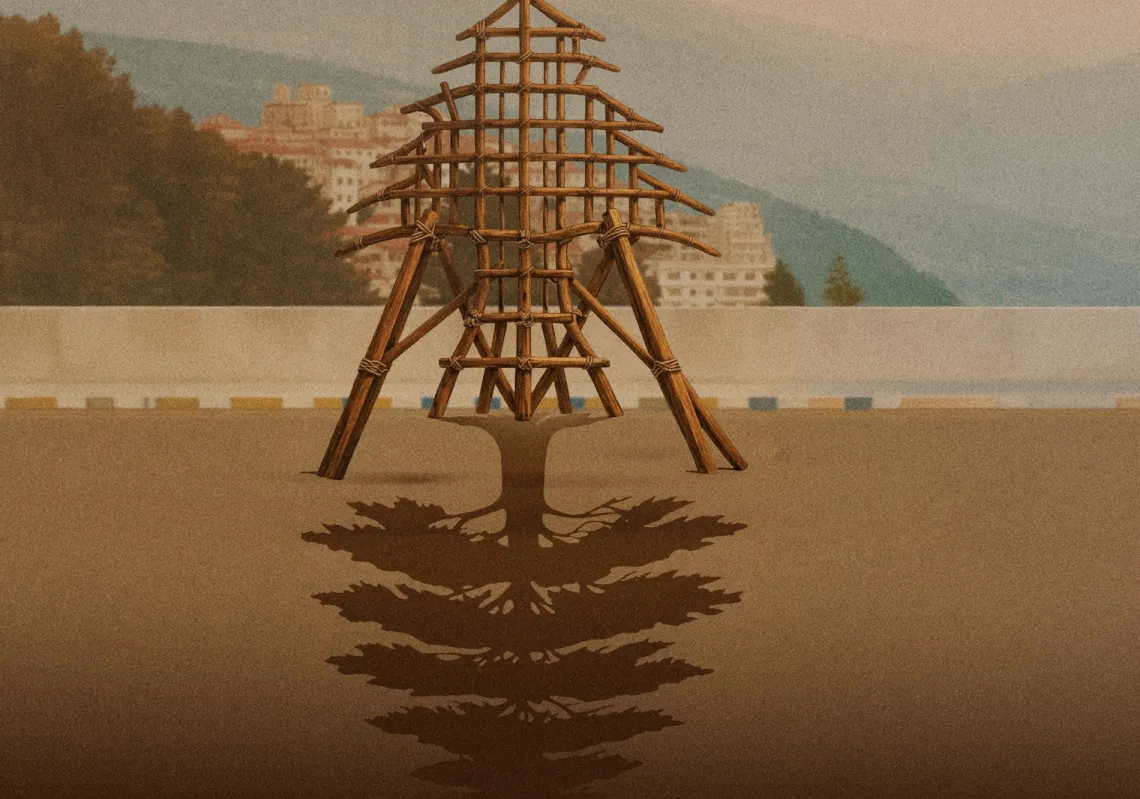The Gaza ceasefire has been the culminating step in a dramatic reordering of the Middle East. With the crushing defeat of the Islamic State (IS) as a major political force in 2019, the major remaining threat has been Iran, with its regional proxy network fuelling wars in Syria, Yemen, and, from 2023, Gaza, supported by its nuclear programme, terrorist networks, and ballistic missile arsenal.
But by mid-2025, this regional threat—at least for the moment, with all the elements of Iran's power system, with the exception of the Houthis—is seriously degraded. The result is a Middle East with no immediate regional threat, at either the national or ideological levels, for the first time since the immediate aftermath of Kuwait's liberation. This opens the door to a transformation of not just regional politics but the lives of hundreds of millions, as Trump laid out in his Riyadh, Jerusalem and Sharm el-Sheikh speeches.
The region's future could thus resemble South America over the past 30 years, being largely free of state-to-state and ideological violence, with overall prosperity growing. Nevertheless, earlier moments of such hope in the region—after the 1973 War and Kuwait's liberation—were followed by spasms of extremism and violence.
The Israeli-Palestinian conflict and the unsettled situation in Syria are two areas where the potential for violent conflict sits at the surface. But with the first somewhat assuaged by the Gaza ceasefire, Syria could be the main obstacle to long-term regional stability.
International observers, including senior American officials, thus have stressed the need to maintain the country's unity as the precondition for long-term stability and reconstruction. But these same observers note the need to protect individual rights, the cultural traditions of minorities, and, to some degree, accept local governance and security in certain areas.
Squaring this circle will not be easy, but it could possibly begin with the Kurdish-dominated northeast, where a unification agreement signed in March has produced negotiating rounds but little progress. The Kurds should jump-start the process with symbolic acceptance of Damascus sovereignty over their area, while continuing talks on more difficult issues such as local governance and integration of security forces.
One example of the way forward is the Iraqi constitution and practice since 2006, not so much the special case of the Kurdistan region, as that model would not work in Syria, but the division between local and central government administration in the rest of Iraq, and tolerance of security forces loosely attached to the government.
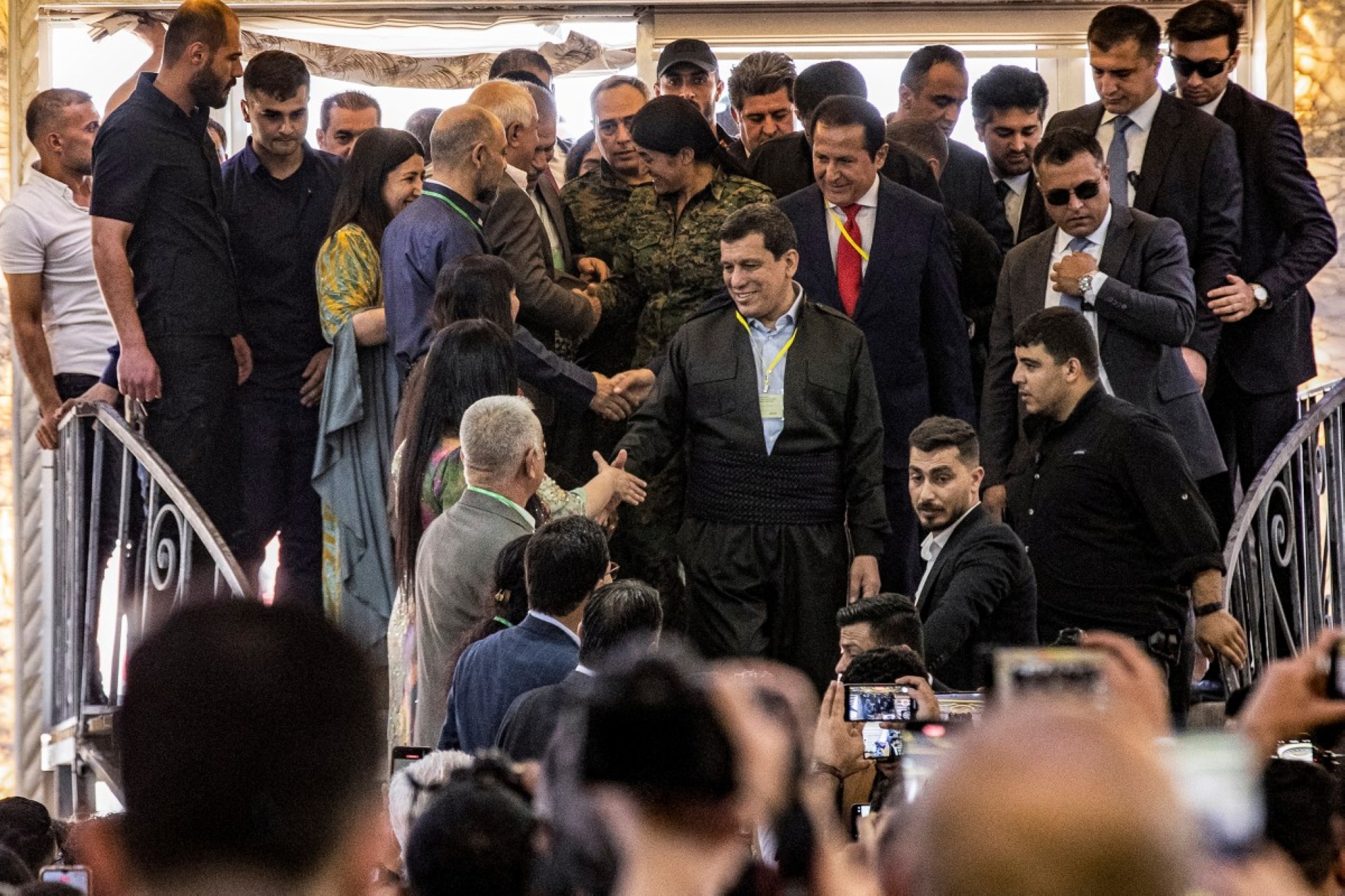
A sordid history
Syria certainly has had a long history of both internal and regional destabilisation. It launched wars against three of its neighbours, Israel, Jordan, and Lebanon, and long hosted the leader of the terrorist Turkish Kurdish PKK. During the 2011-2024 Syrian civil war, Syria generated the Al Qaeda 2.0 successor Islamic State (IS), while serving as the backbone of Iran's "Shiite Crescent" proxy empire.
This history, along with its large educated population, traditional significance in the Arab and Islamic worlds, and geographic location at the heart of the Levant, makes the success or failure of integrating the country and its people into a new, stable regional order critical for the future of the entire Middle East.
Syria has done surprisingly well under its new president, Ahmed al-Sharaa, especially given the brutal 14-year civil war, which saw half the population displaced and over 500,000 killed, the destruction of much of urban Syria, and continued crushing economic sanctions. The country has held together since al-Assad's fall almost a year ago, due to al-Sharaa's leadership and the support of an international community, which has been largely united in supporting the new Damascus government.
Israel is an important question mark, but its negotiations with the al-Sharaa government and cessation of military strikes strongly suggest that Israel, with some prodding by Washington, is willing to give the new Syria a chance.
This international unity is a crucial point; the absence of a unified position among Türkiye, Israel, the US, the Arab states, the Europeans and the UN hampered a common position during the civil war, contributing to its prolongation.
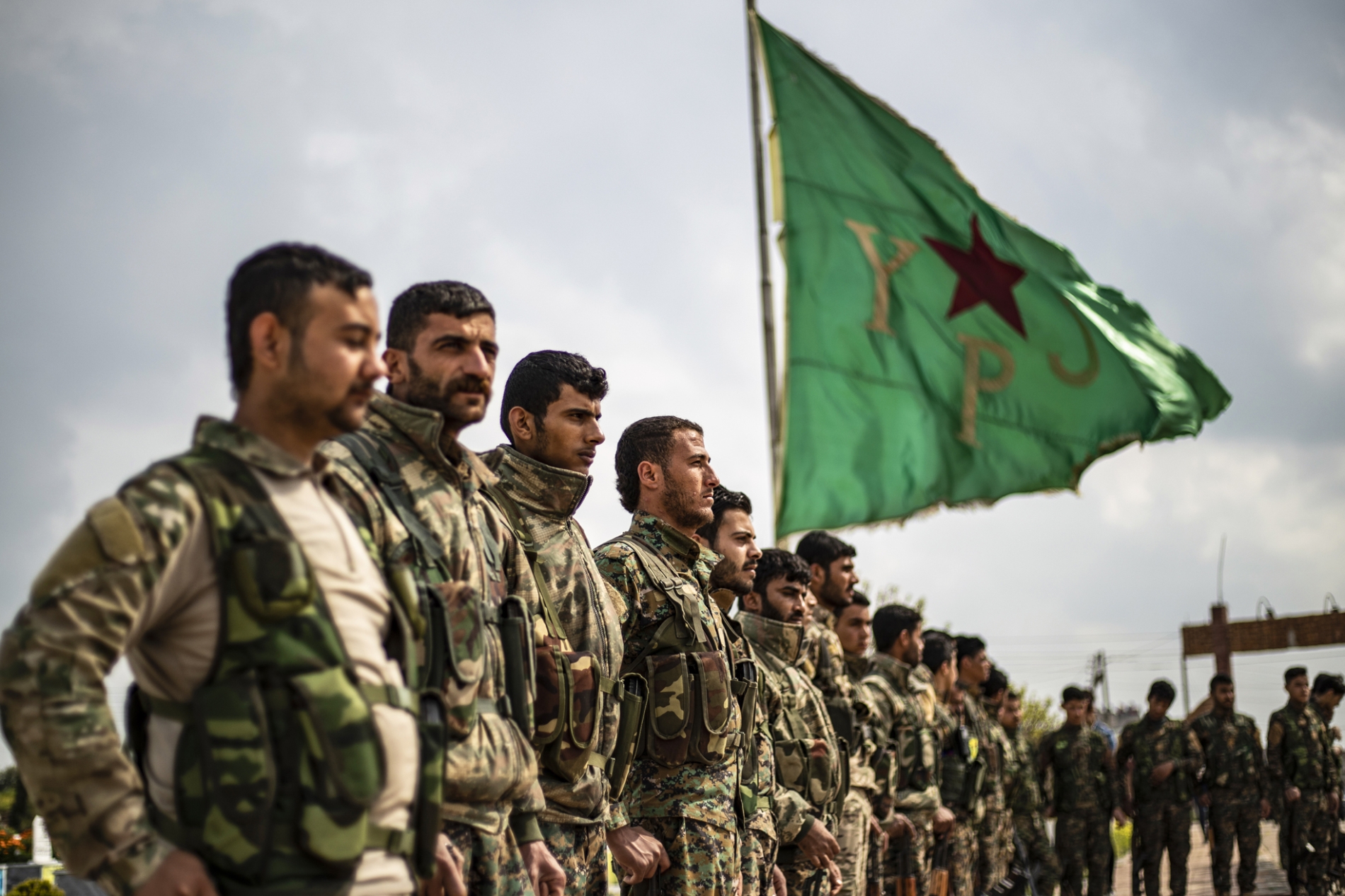
Key challenges
Syria's immediate challenge is internal unity, given the separate armed enclaves held by the Kurdish-led Syrian Democratic Forces (SDF) and its civilian Autonomous Administration of North and East Syria (AANES) in the northeast, and a Druze area, along the border with, and supported by, Israel, in the southwest.
In addition, the Alawite Arab areas along the coast have spawned various armed and civil society resistance movements. In March, al-Sharaa and SDF leader Mazloum Abdi signed an agreement on the military and political-economic integration of the northeast into the Syrian state.
But the outbreak of fighting between the central government and militias, and the Alawites, in March, and between the government and Bedouin militias against the Druze in June, were major setbacks to al-Sharaa's efforts to unify the country and project a stable, functional picture of the new Syria to both its citizens and the international community. Those attacks froze the slow execution of the March Damascus-SDF agreement and opened Syria up to much international criticism. But so far, Damascus has handled the fallout from these setbacks fairly well.
Most importantly, in contrast to the Assad regime in 2011, rather than escalating military action, Damascus pulled back, opened talks with the affected groups (and with the Druze sponsor Israel, which was conducting its own military operations throughout the country against pro-Iranian remnants, heavy weaponry inherited from the Assad regime, and in support of the Druze). It also investigated the violent exchanges, issued reports and arrested some alleged perpetrators.

